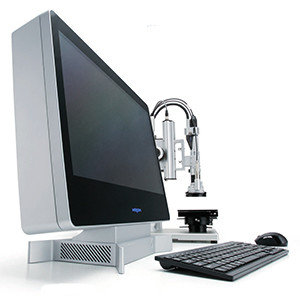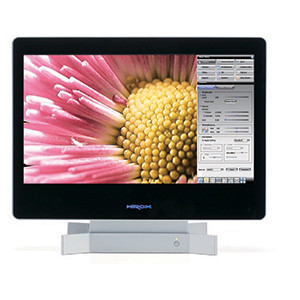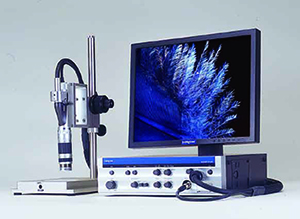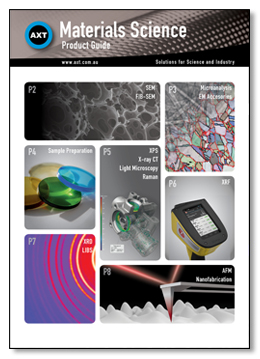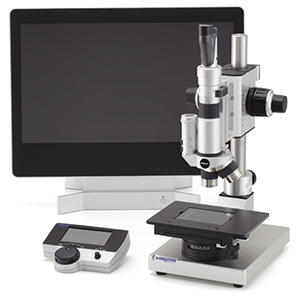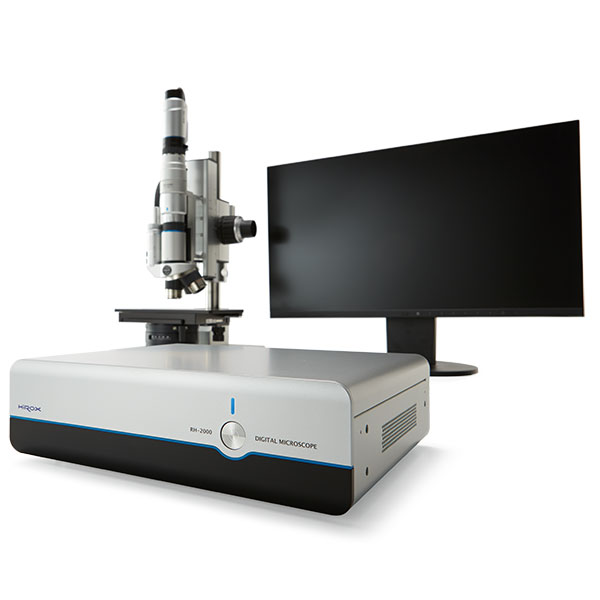Digital Microscopy
Conventional Light Microscopy
Light microscopy has been around for many years. It allows us to see features that we are unable to distinguish with the naked eye. Conventional microscopes use lenses to magnify microscopic features.
Digital Microscopy
Digital microscopes extend the capabilities of optical microscopes. The main difference between digital and optical microscopes is that they replace the eyepiece with a CCD camera. This enables them to be able to instantaneously display large images of samples on monitors and the ability to capture digital images.
The CCD camera produces a digital signal. This, combined with sophisticated software giving the instrument many capabilities that are not available using a conventional optical microscope. Some of these capabilities include:
- Rapid auto focus
- Digital imaging
- Digital video output
- Automated microscopy of large areas/mapping
- Computerised metrology
- 3D reconstruction of the rough surfaces and related measurements
Digital microscopes also allow imaging modes akin to optical microscopes such as:
- Polarised light
- Wavelength filtered
- Dark field/bright field and combination of them
which enables some features to be resolved that might not otherwise be possible using standard lighting.

